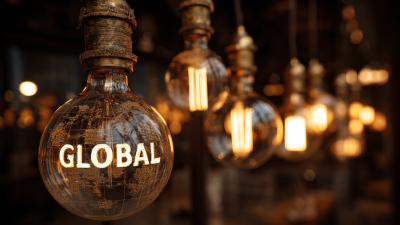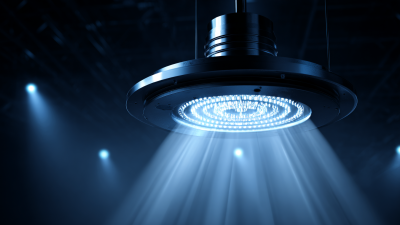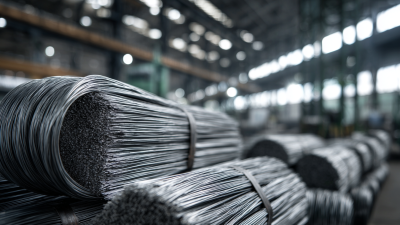The rise of glass bulb technology has emerged as a pivotal factor in the advancement of sustainable lighting solutions. In recent years, the global lighting market has witnessed a significant shift towards energy-efficient products, with glass bulbs gaining traction due to their superior aesthetic appeal and environmentally friendly characteristics. According to a report by the International Energy Agency (IEA), LED lighting, which often utilizes glass bulb designs, is expected to account for over 50% of the global lighting market by 2025. This transition not only underscores the growing consumer preference for sustainable options but also highlights the increased focus on reducing carbon footprints, with glass bulbs offering a more sustainable alternative to traditional incandescent and fluorescent lighting. As manufacturers innovate and enhance the energy performance of glass bulbs, their role in achieving energy efficiency and promoting eco-friendly practices becomes increasingly vital in the quest for a greener future.
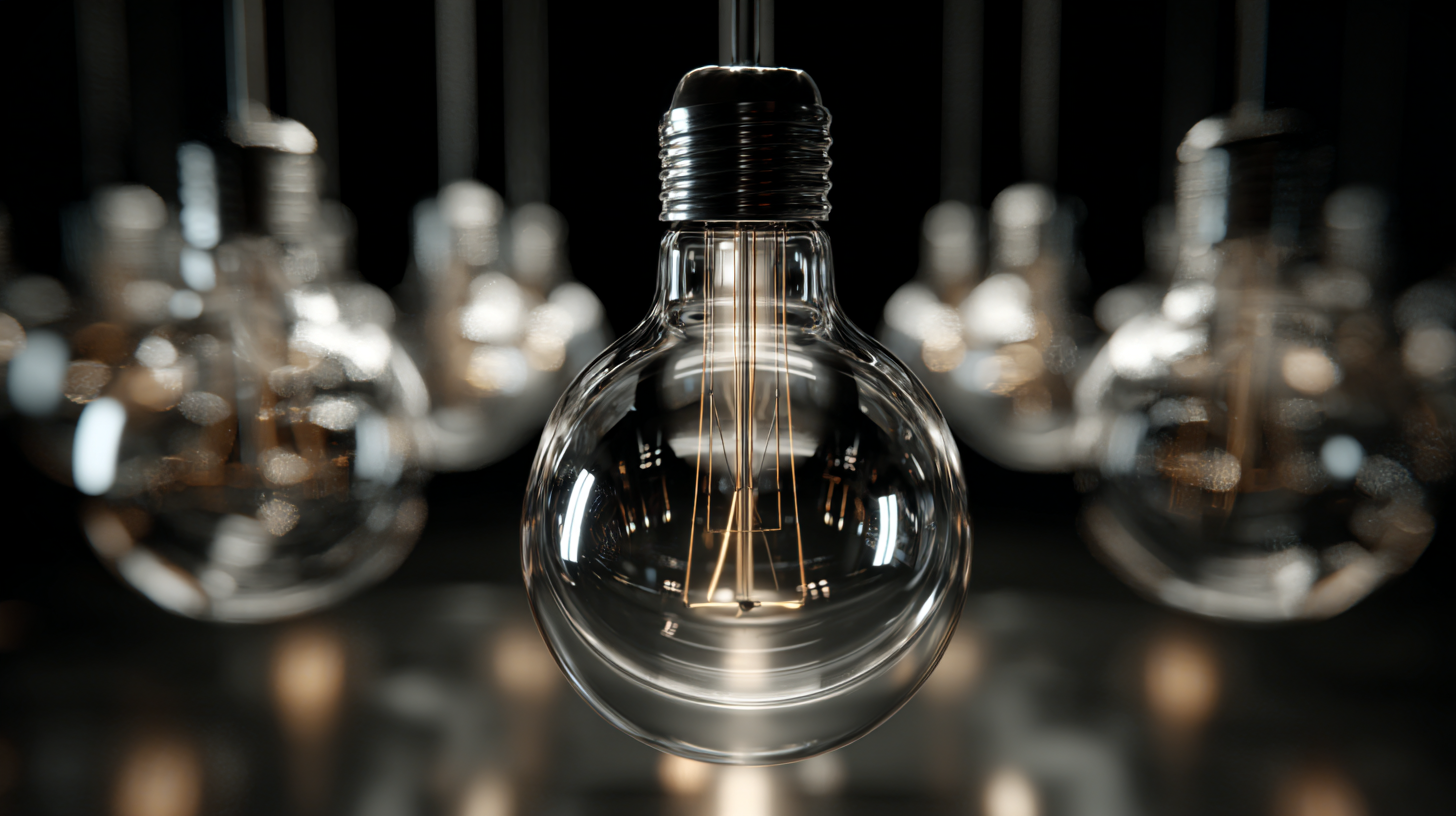
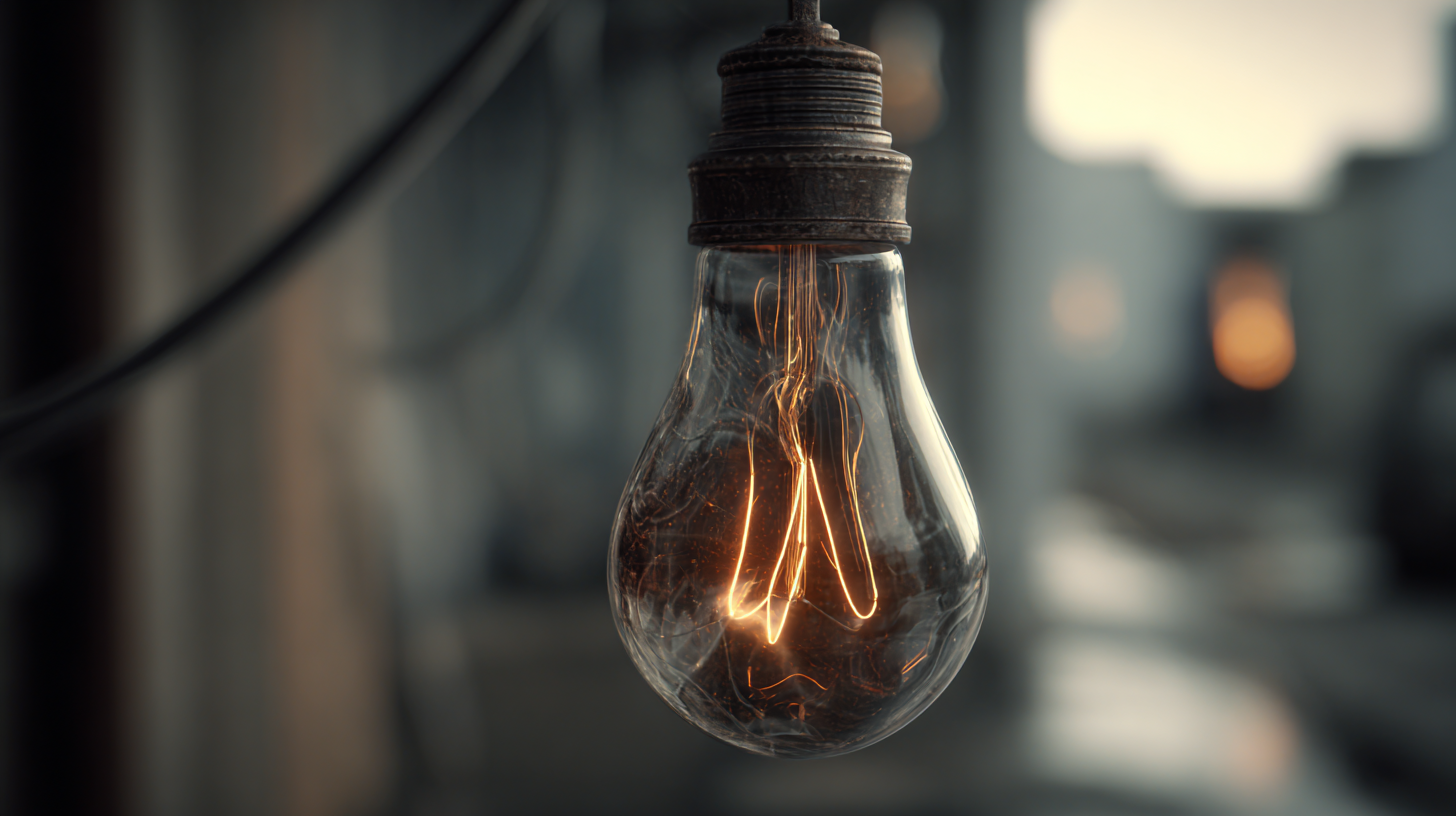 The evolution of glass bulb design has played a pivotal role in the development of eco-friendly lighting solutions. Traditionally, incandescent bulbs dominated the market, but their inefficiency sparked the need for innovation. The transition to compact fluorescent lamps (CFLs) and eventually to light-emitting diodes (LEDs) marked a significant shift. Modern glass bulbs incorporate advanced materials and technology, enhancing their durability and energy efficiency while maintaining aesthetic appeal. This transformation not only reduces energy consumption but also minimizes environmental impact.
The evolution of glass bulb design has played a pivotal role in the development of eco-friendly lighting solutions. Traditionally, incandescent bulbs dominated the market, but their inefficiency sparked the need for innovation. The transition to compact fluorescent lamps (CFLs) and eventually to light-emitting diodes (LEDs) marked a significant shift. Modern glass bulbs incorporate advanced materials and technology, enhancing their durability and energy efficiency while maintaining aesthetic appeal. This transformation not only reduces energy consumption but also minimizes environmental impact.
Tips for choosing eco-friendly glass bulbs include looking for energy-efficient ratings, such as LED or CFL, which typically consume up to 80% less energy than traditional bulbs. Additionally, consider the design and lifespan of the bulb; opting for long-lasting products reduces waste. Pay attention to the transparency and shape of the glass, as innovative designs can enhance the distribution of light, further promoting sustainability in your lighting choices. With these tips, you can contribute to a healthier planet while enjoying functional and beautiful lighting in your space.
The transition from traditional lighting options to glass bulb technology has been a significant trend in the quest for sustainable lighting solutions. One of the primary benefits of glass bulbs is their efficiency compared to incandescent and fluorescent bulbs. Unlike traditional lighting, which often converts a large amount of energy into heat rather than light, glass bulbs, particularly LED variants, are designed to maximize luminosity while minimizing energy consumption. This shift not only reduces electricity bills for consumers but also contributes to a larger goal of decreasing overall environmental impact.
Moreover, glass bulbs offer a modern aesthetic that appeals to a wide array of design preferences. With options that range from vintage-inspired designs to sleek, contemporary shapes, glass bulbs can enhance the décor of any space while providing superior lighting quality. Homeowners searching for effective and stylish outdoor lighting solutions have increasingly turned to glass bulbs for garden and patio setups, enhancing their environments with warm, inviting light. This combination of energy efficiency, aesthetic appeal, and sustainability positions glass bulb technology as a vital player in the future of lighting.
The advancement of glass bulb technology has become a crucial cornerstone in the journey towards sustainable lighting solutions. With a focus on innovative technologies that enhance efficiency, the exploration of Micro LED applications at SID 2025 has illuminated new pathways for energy conservation. Micro LED technology has demonstrated notable progress, shifting the paradigm of traditional lighting by offering superior performance while significantly reducing energy consumption. This move not only supports the construction of eco-friendly buildings but also aligns with global sustainability goals that aim to decrease carbon footprints.
Additionally, smart glass innovations play a pivotal role in the evolution of sustainable high-rise structures. Researchers at institutions like IIT Indore are developing 'smart glass' that regulates temperature effectively, positioning it as a transformative component in modern architecture. This technology enhances energy efficiency by reducing the need for artificial heating and cooling, creating an environment that seamlessly integrates comfort with sustainability. As the building and automotive industries adopt these advanced materials and systems, glass bulb technology is positioned to play a central role in the sustainable future of various applications, fostering energy-efficient environments for both residential and commercial spaces.
| Technology | Efficiency (%) | Lifespan (hours) | Energy Consumption (W) | Applications |
|---|---|---|---|---|
| LED Glass Bulbs | 80 | 25000 | 8-10 | Residential, Commercial |
| Compact Fluorescent | 60 | 10000 | 13-15 | Home, Office |
| Halogen Bulbs | 20 | 2000 | 50 | Spotlighting, Decorative |
| Smart Glass Bulbs | 75 | 30000 | 9-22 | Smart Home, Automation |
| Incandescent Bulbs | 10 | 1000 | 60-100 | General Lighting |
The sustainable lighting sector has witnessed a remarkable transformation with the development of glass bulb technology, driven by the incorporation of eco-friendly materials. Traditional glass bulbs often relied on conventional materials that posed environmental challenges during production and disposal. However, recent innovations have shifted this paradigm, focusing on the use of recycled glass, bio-based coatings, and other sustainable components. This shift not only minimizes waste but also reduces the overall carbon footprint associated with manufacturing processes.
Moreover, the impact of sustainable materials extends beyond just the production stage. Using responsibly sourced materials in glass bulb technology enhances the recyclability of the final product. This focus on sustainability encourages a circular economy, where old bulbs can be transformed into new ones, thus conserving resources and reducing landfill waste. By integrating advanced eco-friendly materials, manufacturers are not only delivering high-performance lighting solutions but also contributing to a more sustainable future, aligning with global efforts to combat environmental issues. The rise of glass bulb technology exemplifies how innovation in material science can lead to significant improvements in sustainability practices within the lighting industry.
The evolution of glass bulb technology has become pivotal in the quest for sustainable lighting solutions. As the world embraces eco-friendly practices, glass bulbs offer a unique advantage by being recyclable and energy-efficient. These bulbs not only contribute to reducing carbon footprints but also enhance the aesthetic appeal of environments, making them a favorite choice for both residential and commercial spaces.
Future trends in glass bulb technology indicate a shift towards integrating smart technology, enabling users to control lighting through apps and AI. This development not only enhances convenience but also maximizes energy savings, allowing users to adjust brightness and color temperature based on their preferences and needs. Furthermore, advancements in LED technology are leading to longer-lasting bulbs that consume significantly less power compared to traditional incandescent options.
Tips for consumers include considering the lumen output when selecting glass bulbs, as it determines the brightness of the lighting. Opting for bulbs with an energy star rating can ensure the selected product meets high energy efficiency standards. Additionally, exploring color temperature options can help create the desired ambiance for different spaces, be it warm tones for cozy areas or cooler shades for workspaces. Embracing these tips can significantly enhance sustainability efforts while enjoying the benefits of modern glass bulb technology.


